Kolozsvár (Cluj-Napoca in Romanian) is the most expensive town among the Transylvanian cities with the largest Hungarian population, followed by Brassó (Brașov) and Temesvár (Timișoara), a study by Erdélystat reveals. The researcher at Erdélystat compared the cost of living index of 12 Transylvanian cities with the largest Hungarian populations. Among the cities of Szeklerland, the cost of living was the highest in Sepsiszentgyörgy (Sfântu Gheorghe), while the cheapest town was Kézdivásárhely (Târgu Secuiesc), the press release of the statistical institute says.
In the “consumer basket” created to determine the cost of living index in each city, the researchers at Erdélystat took into account the weighted prices of a total of 43 products and services, including housing, food, restaurants, transportation, sports and culture. Based on this consumer basket, the most expensive town among the Transylvanian cities with the largest Hungarian population is Kolozsvár, the capital of Transylvania. Thus the researchers made Kolozsvár the reference city in the study, comparing the costs of the other cities to a 100-point value for Kolozsvár.
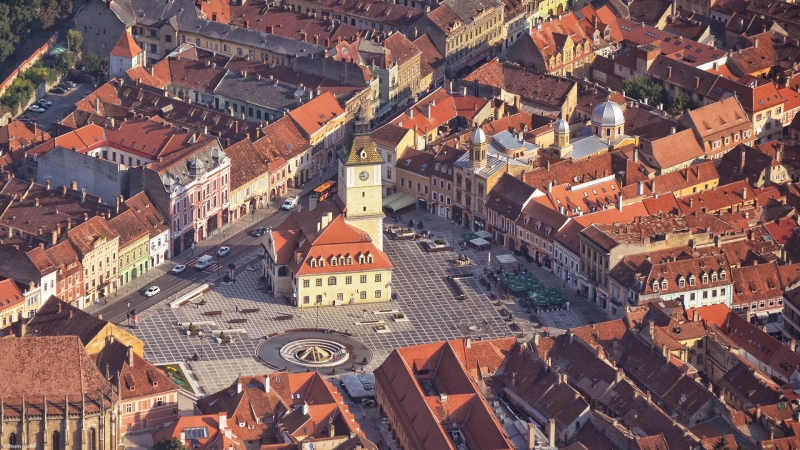
The press release of the institute emphasizes that the price level of a city does not represent the average living standards. For example, Brassó’s cost of living index is 92.5, which means that if someone in Kolozsvár needs RON 100 for everyday living, that same person can buy the same products and services in Brassó for RON 92.5, giving Brassó a 7.5 percent “price advantage.” However, it is very likely that the average salary in Kolozsvár is higher than in Brassó, which makes it possible that the average living standard in Kolozsvár is higher than in Brassó.
Similarly, the fact that a city is relatively expensive does not mean that every service and product is the most pricey in that given city. For example, Brassó has the cheapest taxi fees among the 12 cities included in the study, the press release states.
Kolozsvár is the most expensive city in the study, with the highest housing expenditures – rents are often higher than in the capital; home-delivery restaurant prices, transportation fees (public transportation, parking and taxis), and cultural prices are also high. However, while Kolozsvár is known for its pricey rents, the housing expenditures of Brassó are quite similar, placing the city as the second most expensive city in the study. Cultural services and food services are also relatively expensive in Brassó, but in other indicators, the city is located in the middle, the press release shows.
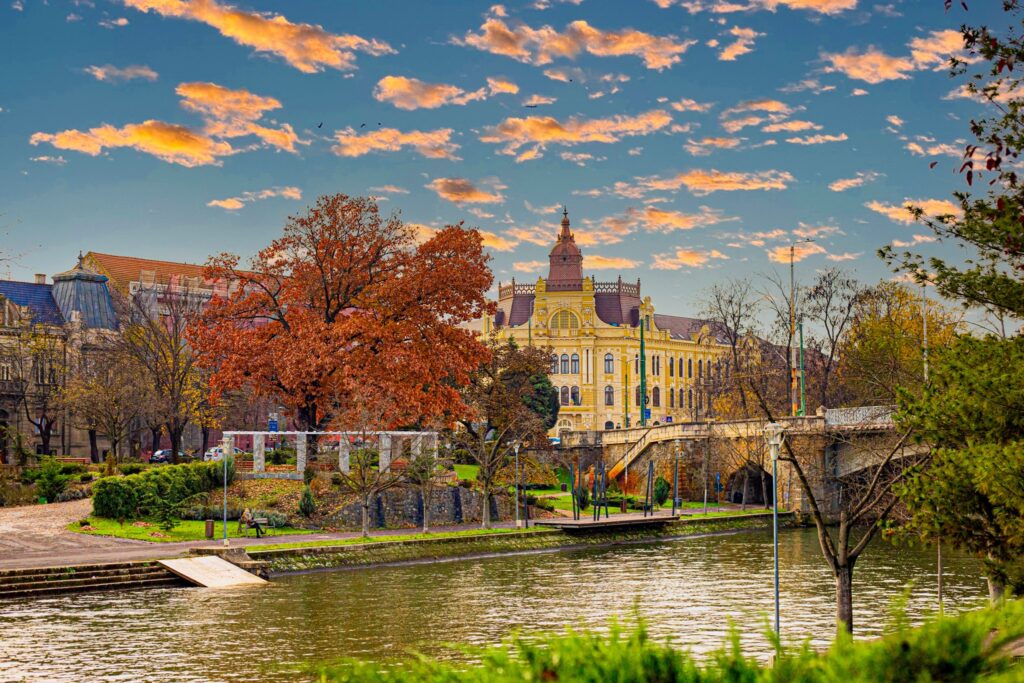
The third most expensive city is Temesvár, where the cost of living index is 8 percent lower than in Kolozsvár. However, sports services in Temesvár were the highest in the study, while store and market prices also surpassed the values of Kolozsvár. In terms of housing, Temesvár is only in fourth place, right behind Kolozsvár, Brassó and Sepsiszentgyörgy.
Sepsiszentgyörgy is the priciest city in Szeklerland and the fourth most expensive city in the study, with a cost of living index that is only 11.4 percent lower than Kolozsvár’s. The purchase of general market food is the most expensive here, and housing is also quite pricey. This is most likely due to the fact that demand for rentals is currently high, while the supply is low, and neighboring Brassó, with high housing prices, can also impact the real estate market. From other indicators, Sepsiszentgyörgy is relatively cheap; for home-delivery restaurant food, transportation and cultural fees, it is in the second half of the list.
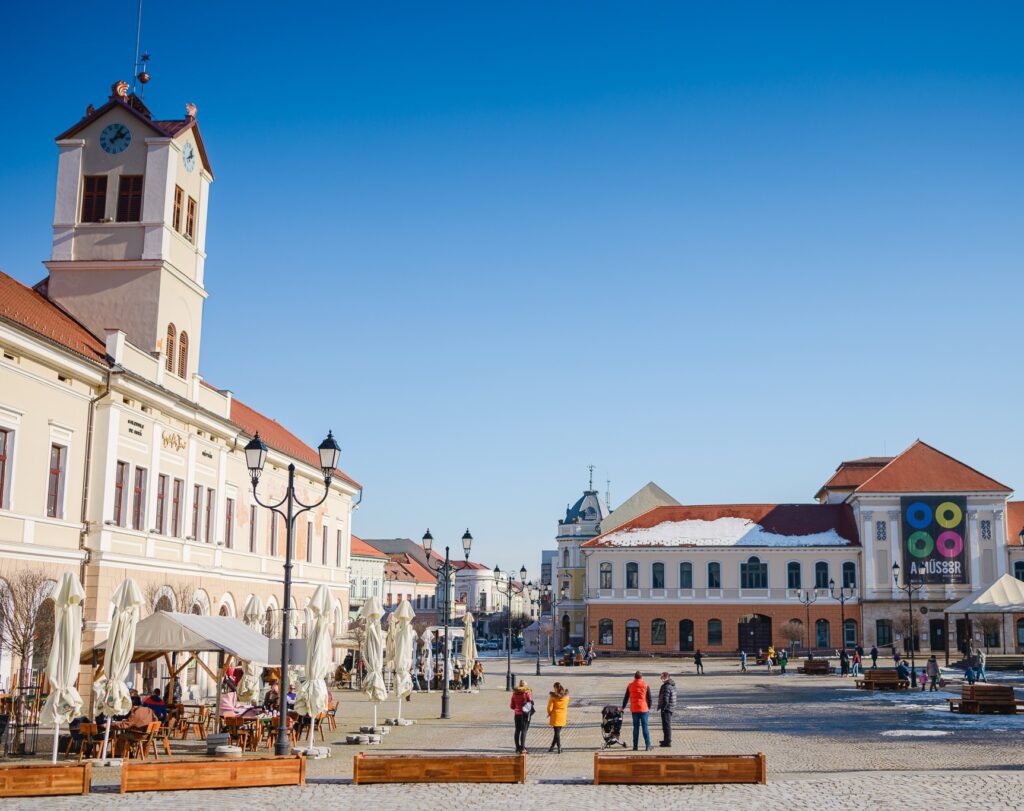
Nagyvárad (Oradea) is the most expensive city in the Partium region; the cost of living is 13.5 percent lower than that of Kolozsvár. Housing prices are relatively low, but cultural expenditures are the second highest (right after Kolozsvár), and sports are also expensive. Transportation fees, as well as food prices, are more favorable.
Szatmárnémeti (Satu Mare), also in Partium, is 14.9 percent cheaper than Kolozsvár; housing prices are similar to Nagyvárad, but transportation fees are high, the second highest after Kolozsvár. For other indicators, the city is located in the middle.
Csíkszereda (Miercurea-Ciuc), ranking seventh, is 16.2 percent cheaper than Kolozsvár, having relatively high housing, transportation and cultural prices. On the other hand, restaurant prices are the second cheapest in Csíkszereda, while food and sports services are also low.
The prices in Arad are 16.8 percent lower than in Kolozsvár, and housing costs are the second cheapest; food prices and cultural service fees are also quite low. On the other hand, the prices of home-delivery restaurant food and alcoholic beverages are quite expensive, the second most expensive in the study, and transportation fees are also high.
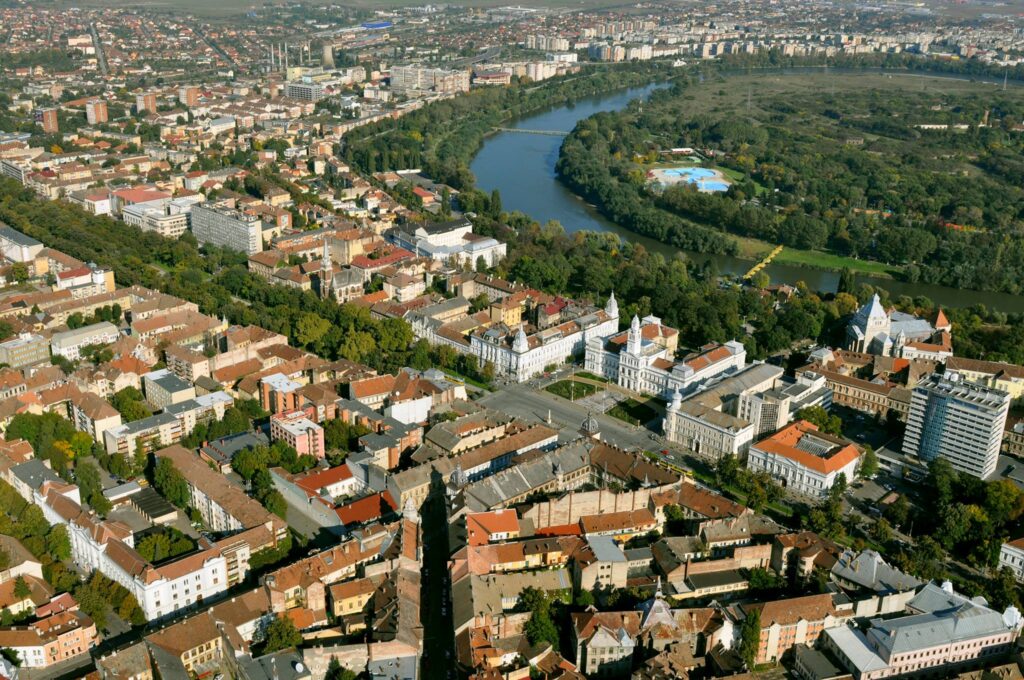
Marosvásárhely (Târgu Mureș), the largest city in the Szeklerland region, ranks ninth among the 12 cities, being almost one-fifth cheaper than Kolozsvár. From the point of view of housing and restaurant, the city is in the middle, while cultural services are a bit pricey, Other indicators, however, make Marosvásárhely very cheap, including the cheapest market and store food prices.
Nagybánya (Baia Mare) is the third cheapest city in the study: The living costs of the town are 19.7 percent lower than Kolozsvár’s. Nagybánya is the fifth cheapest in terms of store and market food prices, while in housing, restaurant home-delivery and transportation, it is the fourth cheapest. Sports and cultural services in Nagybánya are even cheaper.
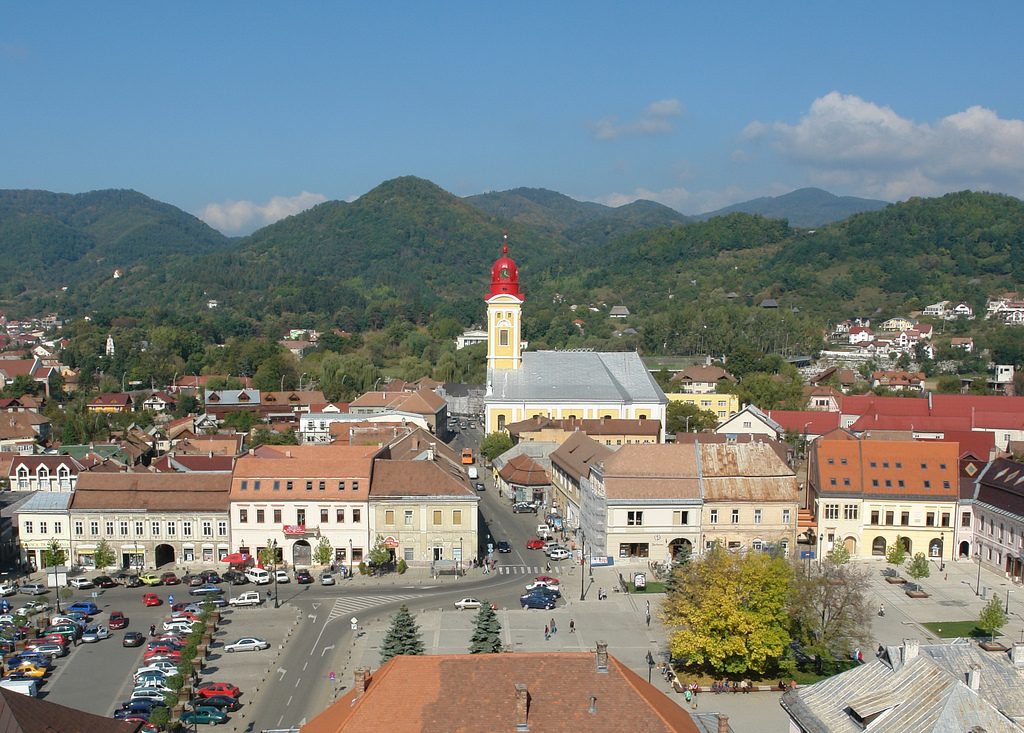
The second cheapest city in the study is Székelyudvarhely (Odorheiu Secuiesc), where the cost of living is one-fifth lower than in Kolozsvár. Despite the higher housing and transportation costs – which would place it in the middle – the relatively cheap food and moderate cultural and sports fees significantly decrease the city’s cost of living index.
The cheapest city with a large Hungarian population is Kézdivásárhely (Târgu Secuiesc), being 22.5 percent cheaper than the capital of Transylvania. Store and market food prices are very high in Kézdivásárhely, higher than the average price in Kolozsvár, but this is counterweighted by cheap housing, home-delivery, transportation and culture.
Title image: Kolozsvár is the most expensive city in terms of housing, restaurant, transportation and culture. Photo: Wikipedia